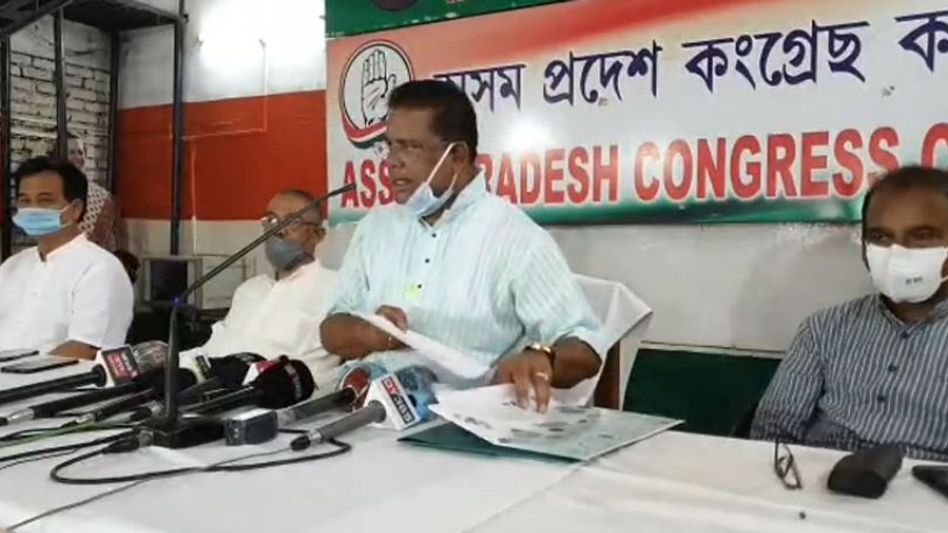Assam Cong opposes draft EIA, says notification could spell disaster for fragile ecology
 Assam
AssamOpposition is building up against the draft EIA (Environment Impact Assessment) Notification, 2020 issued by the Ministry of Environment, Forest and Climate Change. The Assam Congress on August 4th, 2020, expressed vehement opposition to the Centre’s move saying that it could spell disaster for the fragile ecology of the state along with other parts of the country.
“The draft EIA poses an existential threat to the wildlife, aquatic life and nature. It is an undemocratic draft and against the fishing community, farmers and other tribal communities across the country,” Ripun Bora, president of Assam Congress said in a press conference here in Guwahati.
Moreover, Bora said that the provision of post-facto approval mentioned in the draft is the most dangerous thing. “The BJP government is striving to implement the draft EIA disobeying the Supreme Court’s directive,” he added.
It may be mentioned that on July 28th, 2020, the Delhi High Court extended till August 11th, 2020 the time granted to the public for sharing their opinion on the draft notification. However, activists and environmentalists are demanding the scrapping of the draft EIA 2020 altogether if it is not strengthened.
Also read: Assam: Draft EIA needs to halt in Jati, Mati, Bheti’s interest, says Debabrata Saikia
What is EIA
The EIA is the process or study which predicts the effect of a proposed industrial/infrastructural project on the environment. It prevents the proposed activity/project from being approved without proper oversight or taking adverse consequences into account
India's new EIA draft has been widely criticised for its problematic changes in rules. Experts say most of the provisions in the new draft of EIA proves to be a regressive departure from the earlier version.
The public feedback window for the new EIA draft has been now extended till August 11th by the Delhi High Court.
Significant Changes
The two most significant changes in the new draft are the provisions for post-facto project clearance and abandoning the public trust doctrine. Projects operating in violation of the Environment Act will now be able to apply for clearance. It is a reiteration of a March 2017 notification for projects operating without clearance.
All a violator will need are two plans for remediation and resource augmentation corresponding to 1.5-2 times “the ecological damage assessed and economic benefit derived due to violation”. For such late applications, a developer will have to cough up Rs 2,000-10,000 per day for the period of delay. Consider the impact of this penalty on, say, an illegal sand miner who takes out several truckloads every day.
Background
A signatory to the Stockholm Declaration (1972) on Environment, India enacted laws to control water (1974) and air (1981) pollution soon after. But it was only after the Bhopal gas leak disaster in 1984 that the country legislated an umbrella Act for environmental protection in 1986.
Under the Environment (Protection) Act, 1986, India notified its first EIA norms in 1994, setting in place a legal framework for regulating activities that access, utilise, and affect (pollute) natural resources. Every development project has been required to go through the EIA process for obtaining prior environmental clearance ever since.
The 1994 EIA notification was replaced with a modified draft in 2006. Earlier this year, the government redrafted it again to incorporate the amendments and relevant court orders issued since 2006, and to make the EIA “process more transparent and expedient.”
Readers like you make Inside Northeast’s work possible.
To support our brand of fearless and investigative journalism, support us HERE.
Download:
The Inside Northeast app HERE for News, Views, and Reviews from Northeast India.
Do keep following us for news on-the-go. We deliver the Northeast.
Copyright©2025 Living Media India Limited. For reprint rights: Syndications Today









